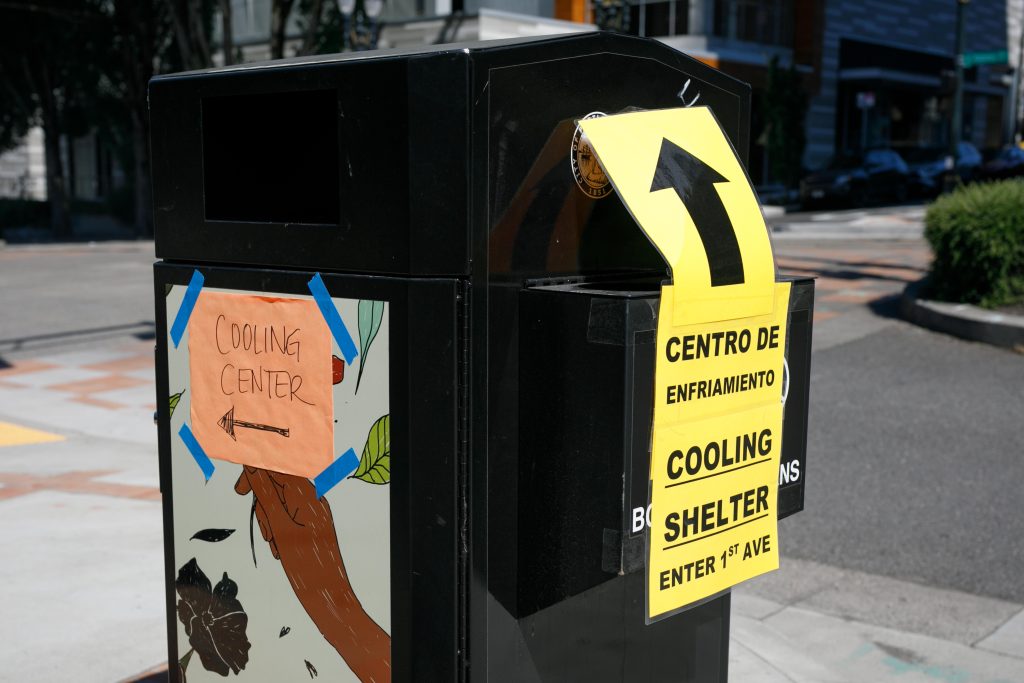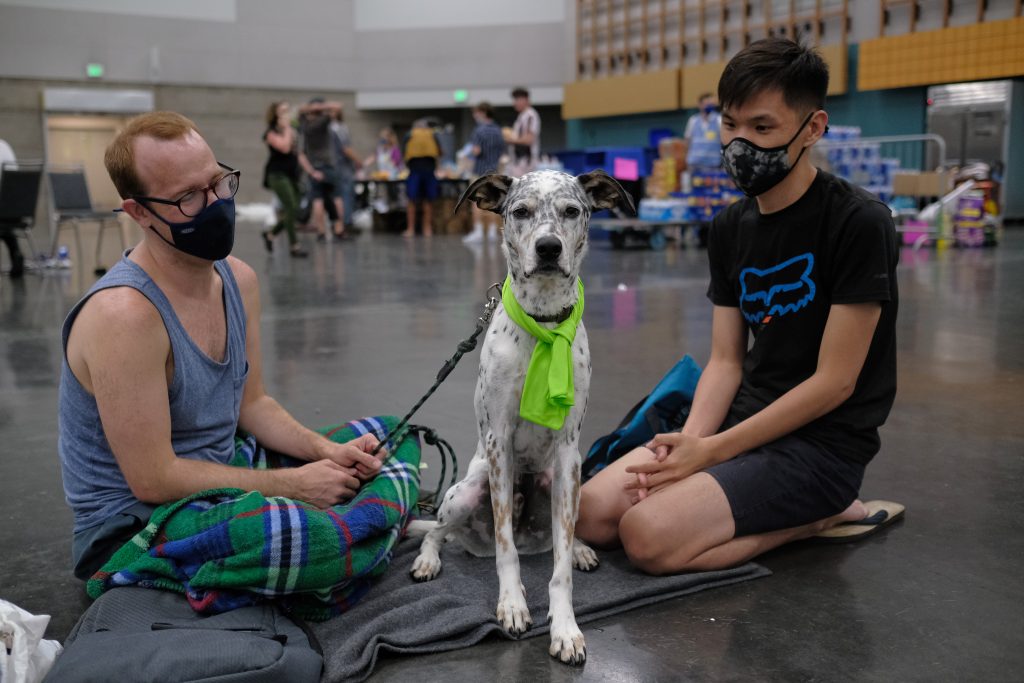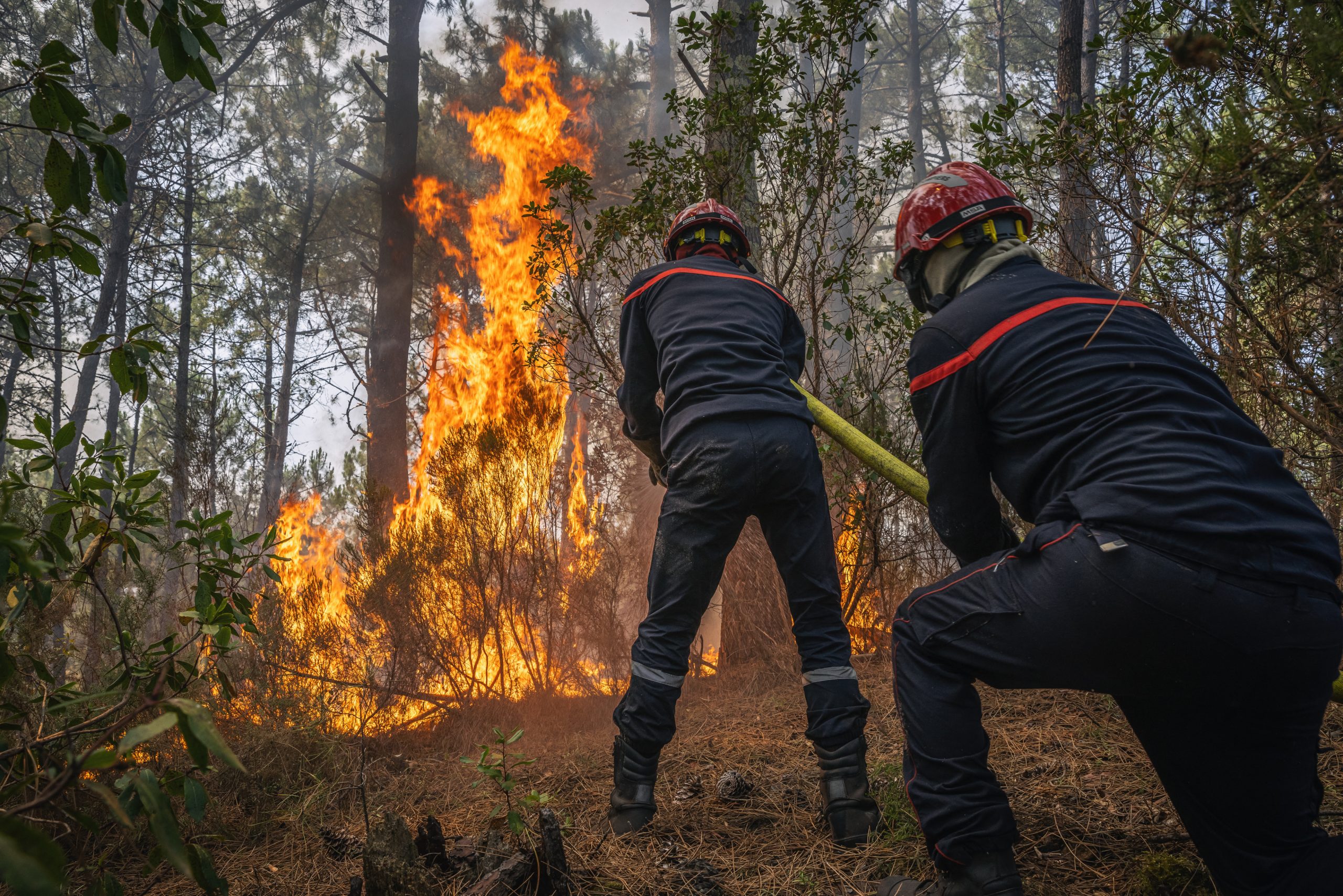Though extreme heat may be far from the minds of people living in the Northern Hemisphere as they prepare for the winter holidays, the recent heat waves scorching Australia are a reminder that dangerous summer temperatures are just around the corner. Last month, Australia faced temperatures well over 40 degrees Celsius (104 degrees Fahrenheit). These temperatures are not just uncomfortable: they are deadly.
Heat is the most frequent cause of extreme weather-related deaths in Australia, and around the world. But this can come as a surprise for many people. To effectively protect people from heat, we need to understand why that is.
Unpacking heat-health risks
Most people assume they know how to deal with heat. They look at the projected forecast and feel like they know what their body can handle. But heat risk depends on more than temperature highs alone. Risk is based multiple factors like heat, humidity, and time of exposure.
Why are the impacts of heat underestimated? In part, it’s because our bodies also have a built-in response to heat. Blood heads towards our skin to transfer heat to the air, moving cooler blood back to our body’s core. When we sweat, evaporation cools us down due to the energy required to turn a liquid into a gas. All of this happens without a thought.
Nevertheless, despite the ingenuity of our body’s response to heat, heat-related deaths are widespread. During the summer of 2022, heat caused more than 61,000 deaths in Europe, primarily because of resulting organ failure.
Our hearts work hard to pump blood around our body. However, that additional strain that can be fatal, particularly for people with existing heart conditions. As blood moves away from our gut toward our skin, toxins can enter our blood circulation and form blood clots. As we sweat out the fluids, dehydration places an additional strain on hearts and kidneys. Beyond these deadly impacts, there are also non-immediate effects. Workplace injuries increase during heat waves, as does the development of long-term illnesses like chronic kidney disease.

The challenge of alert fatigue
Despite these clear health risks and costs, heat-related deaths still attract a fraction of the attention that a tsunami or hurricane-caused mass fatality would have. This means that these needless deaths also attract less public outrage and subsequent action. To change that, we must rethink how we prepare people for heat.
To be ready for an upcoming heat wave, people need to know that the heat wave is coming. However, much of the world still lacks access to early warning systems, let alone alerts specific to heat and health. This is a critical, missed opportunity for public health. The World Meteorological Organization and World Health Organization estimate that 98,314 lives could be saved each year if heat-health warning systems were scaled up in 57 countries.
However, it is not enough to simply have alerts. They must also recognize when vulnerability is at its peak, and be timely and relevant to their audience. If warnings are too general, this can compound the effects of alert fatigue. Despite the urgency of alerts, some emergency managers have noted that the recipients of evermore frequent alerts begin ignoring them. Since climate change is increasing the intensity and frequency of heat waves and other climate hazards, policymakers will need to ensure that the systems can be effective without overwhelming the most vulnerable groups.
On the other hand, if the trigger for sending out alerts is too conservative, someone in need of a lifesaving message may not receive it. This is a complex balance, made ever more complicated by the effects of climate change.
The hidden burden of heat
As hotter days become more frequent, the challenges of predicting vulnerabilities are becoming clearer.
Each person has their own, unique level of risk. It is composed of a multitude of factors, including our age, sex, occupation, housing environment, income, and wealth. From knowing how long someone is exposed to heat, to their access to resources that mitigate risk like cold water, it can be challenging to unpack risk on an individual and community level. However, we must use our growing understanding of risk to send tailored heat warnings and design targeted interventions.
Luckily, solutions are popping up around the world. In Melbourne, Chief Heat Officers Krista Milne and Tiffany Crawford are using their deep understanding of city-level needs and context to design heat adaptation interventions.
Other examples are emerging across the world. Researchers in Sydney developed the HeatWatch mobile phone app to calculate their personalized risk to heat for users. Other innovations, like cooling patches for outdoor workers and cooling stations that integrate passive cooling design elements, illustrate how the private sector and non-governmental organizations can respond to community needs.


Protecting people beyond the summer
Heat is uniquely widespread, and accelerating due to climate change. One study found that between November 2022 and October 2023—the Earth’s hottest period record up to that point—90 percent of the global population experienced over ten days with temperatures made hotter because of climate change.
The bottom line is that heat is a year-round issue. When the weather cools, public attention on global warming fades—along with the pressure to innovate, prepare, and invest for the next heat season. But extreme heat requires a sustained societal response, not only reactionary responses during and directly after the heat season. Governments and key stakeholders can reduce risk to their constituents. From heat action plans that outline short-term responses to heat waves to long-term cooling measures, we need to fund and implement the activities that can save lives. Whenever your next summer may be, talk to your friends, neighbors, and public officials to ensure that no one dies from heat.


